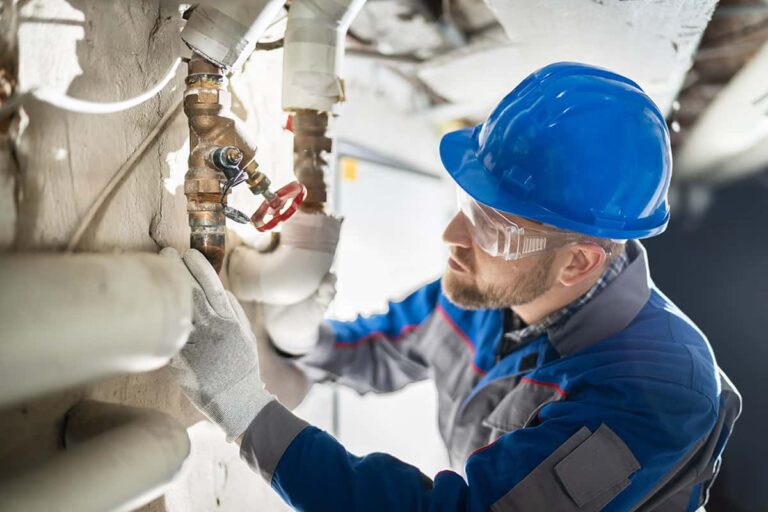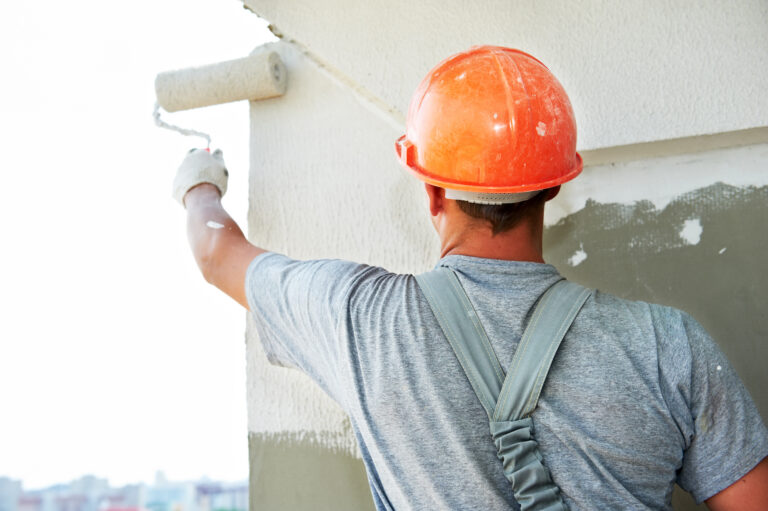Concrete block structures, commonly referred to as CBS, are among the most durable and reliable forms of construction used worldwide. Over time, however, even the strongest concrete block systems require updates, repairs, or full-scale renovations to remain safe, functional, and aesthetically pleasing. A CBS Renovation is not just about restoring structural integrity—it is also about adding value, improving energy efficiency, and ensuring that the property remains aligned with modern design standards. Successfully completing such a project demands careful planning, skilled execution, and attention to detail at every stage.
Understanding the Importance of CBS Renovation
CBS construction is widely chosen for its durability against natural elements such as wind, hurricanes, and termites. Yet, exposure to moisture, environmental wear, and outdated designs can lead to the need for renovation. Homeowners and property managers often pursue CBS Renovation projects to:
- Repair cracks or damage caused by settling or weather conditions
- Enhance energy efficiency with insulation and updated materials
- Modernize the property’s appearance for better curb appeal
- Increase property value before resale
- Ensure compliance with updated building codes and safety standards
Without a clear plan, renovations can become costly, time-consuming, and overwhelming. That is why knowing the essential steps is critical to achieving successful results.
Step 1: Initial Assessment and Goal Setting
Every CBS Renovation should begin with a thorough assessment of the property. This involves examining the structural integrity of the concrete blocks, checking for cracks, water damage, or erosion, and identifying any outdated features that need upgrading. A professional inspection at this stage is invaluable as it highlights hidden issues that might not be visible to the untrained eye.
Once the assessment is complete, setting clear renovation goals is crucial. Are you looking to modernize the appearance of your CBS property? Do you need to fix foundational issues, or are you aiming to increase energy efficiency with new insulation? Defining goals early ensures that the project stays focused and avoids costly mid-project changes.
Step 2: Budgeting and Financial Planning
No renovation can proceed successfully without a realistic budget. CBS Renovation costs can vary significantly depending on the size of the property, the extent of damage, and the desired improvements. A well-planned budget should cover:
- Materials and labor
- Permits and inspections
- Design and architectural services
- Contingency funds for unexpected issues
It is recommended to set aside at least 10-15% of the total budget for unforeseen expenses, as hidden structural challenges often arise in renovation projects.
Step 3: Securing Permits and Meeting Regulations
CBS Renovation projects often require local permits, especially when structural changes, plumbing, or electrical work is involved. Ignoring this step can result in fines, delays, or even the need to redo completed work. Understanding building codes and ensuring compliance protects both the property owner and the investment. Hiring a contractor familiar with local regulations makes this step much smoother.
Step 4: Choosing the Right Contractor
The success of a CBS Renovation depends heavily on the expertise of the contractor. Selecting a qualified professional with experience in concrete block structures ensures that the project is completed with precision. When hiring, consider:
- Checking licenses and certifications
- Reviewing past CBS projects completed by the contractor
- Asking for references and testimonials
- Comparing detailed quotes rather than just prices
The right contractor will not only perform the renovation efficiently but also provide guidance on best practices and materials suited for CBS construction.
Step 5: Design and Planning Phase
Once the contractor is chosen, the next step is detailed design and planning. This involves creating architectural drawings, selecting materials, and planning the construction timeline. In CBS Renovation, careful consideration must be given to the compatibility of new materials with existing concrete blocks. For instance, choosing finishes that prevent moisture penetration or insulation methods that improve energy efficiency can significantly enhance the final outcome.
At this stage, property owners should also think about modern upgrades such as energy-efficient windows, improved ventilation, and eco-friendly building practices that can add long-term value.
Step 6: Structural Repairs and Reinforcements
Before cosmetic improvements can begin, structural repairs are essential. This may involve fixing cracks in concrete blocks, reinforcing load-bearing walls, or addressing foundation issues. Neglecting this step risks long-term damage and could compromise the safety of the property. Professional engineers or structural specialists may be needed for significant repairs to ensure the CBS structure remains sound and resilient.
Step 7: Upgrading Utilities and Systems
During CBS Renovation, it is often the ideal time to upgrade essential systems like plumbing, electrical wiring, and HVAC. Since some of these utilities may be embedded within the CBS structure, addressing them during renovation avoids future disruptions. Up-to-date systems not only improve safety but also enhance the overall functionality and efficiency of the property.
Step 8: Exterior and Interior Finishes
Once the structure and systems are secured, attention turns to the aesthetic aspects of the renovation. Exterior upgrades may include fresh stucco, waterproof coatings, new windows, and landscaping improvements. Interior finishes can range from flooring and painting to modern kitchen and bathroom installations.
With CBS Renovation, special attention should be paid to moisture resistance and insulation. For example, applying quality sealants and coatings ensures the concrete blocks remain durable and resistant to weather damage.
Step 9: Quality Control and Inspections
A critical step that should never be overlooked is quality control. Regular inspections during and after renovation guarantee that all work meets safety standards and aligns with the original goals. Conducting a final walkthrough with the contractor allows property owners to identify and address any unfinished or unsatisfactory work before completion.
Step 10: Maintenance Planning After Renovation
Even after a successful CBS Renovation, ongoing maintenance is essential to preserve the property’s condition. This includes regular inspections for cracks, maintaining protective coatings, and ensuring drainage systems prevent water damage. Establishing a maintenance plan helps extend the lifespan of the renovation and protects the investment made.
Benefits of Successful CBS Renovation
When all steps are followed carefully, CBS Renovation delivers multiple long-term benefits. These include:
- Improved property value and marketability
- Enhanced energy efficiency and reduced utility costs
- Increased safety and compliance with building codes
- Modernized appearance that reflects current trends
- Long-lasting durability with proper maintenance
Common Mistakes to Avoid
While CBS Renovation projects offer numerous benefits, there are common pitfalls that property owners should avoid:
- Starting without a clear plan or budget
- Hiring inexperienced contractors
- Overlooking hidden structural damage
- Ignoring building codes and permits
- Choosing low-quality materials to save costs
Avoiding these mistakes ensures a smooth renovation process and prevents unnecessary expenses in the future.
Conclusion
CBS Renovation is a significant undertaking, but when done with careful planning, expert guidance, and attention to detail, it transforms a property into a safer, more efficient, and visually appealing space. From initial assessment to final inspection, each step plays a vital role in the success of the project. Property owners who invest in the right planning, materials, and professionals can enjoy the long-term benefits of a strong, modern, and valuable CBS property.


















